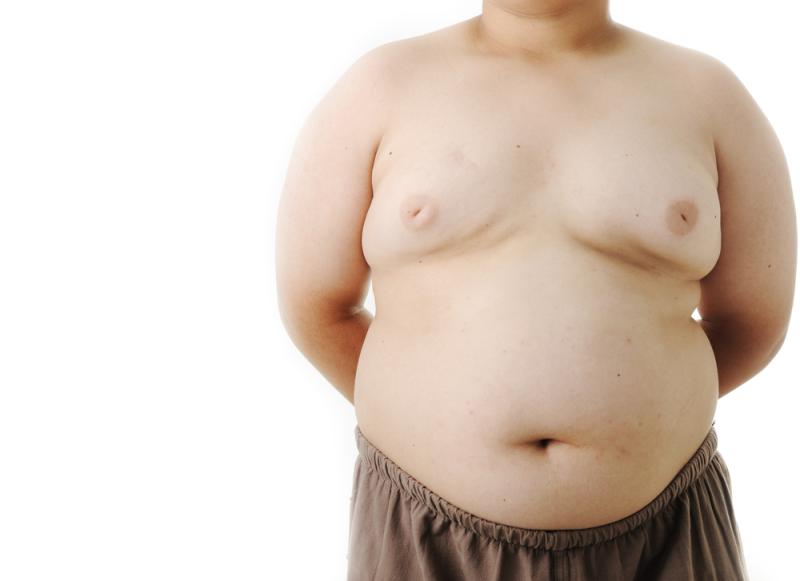
Despite being mostly sufficiently active, obese and overweight children with congenital heart disease (CHD) still need to increase physical activity levels, according to a recent study.
“This cohort of children with various CHD was quite active in general. Nevertheless, [moderate-to-vigorous physical activity (MVPA)] needs to be promoted in overweight or obese patients, with complex CHD severity, and in particular in those with total cavopulmonary connection,” said researchers.
In 162 children (mean age, 11.8±3.2 years; 60 girls) with CHD, 75.9 percent (n=123) were able to accumulate an average of 60 minutes of physical activity per week. In comparison, 84.3 percent (n=81 of 96) of the healthy reference cohort logged similar weekly physical activity levels. Correcting for covariates showed that MVPA was comparable between groups (80.5±25.6 vs 81.5±25.3 minutes per day; p=0.767). [J Pediatr 2020;217:13-19]
Both CHD patients and healthy controls were more active during weekends, as measured by either step counts or MVPA minutes (p-both<0.05). However, patients took significantly fewer steps than controls during weekends (p=0.004). Physical activity was measured using wearable activity tracking devices.
The WHO recommends a weekly average of 60 minutes of physical activity. In the present study, being older (p=0.004) and having higher body mass index (BMI; p=0.002) were both significant deterrents to meeting this criterion.
Twelve CHD patients (7 percent) and seven healthy controls (7 percent) were deemed to be either overweight or obese. Of these, seven (58 percent) and one (14 percent) failed to satisfy the WHO weekly physical activity recommendation, respectively.
Univariate logistic regression analysis confirmed that children with CHD who were overweight or obese were significantly less likely to achieve 60 minutes of weekly physical activity than their normal BMI counterparts (odds ratio [OR], 0.212, 95 percent confidence interval [CI], 0.06–0.748; p=0.016). Having complex CHD also emerged as a significant risk factor, cutting the likelihood of meeting the WHO guideline by almost half (OR, 0.467; 95 percent CI, 0.221–0.987; p=0.046).
Likewise, having total cavopulmonary connection reduced the likelihood of achieving 60 minutes of weekly physical activity (OR, 0.329, 95 percent CI, 0.123–0.882; p=0.027).
“Our study used a wearable device along with subjective estimation to assess habitual physical activity in a large sample size of children with various CHD,” the researchers said. “Furthermore, although many commercially available wearables are intended for adults, the device used in our study is specifically designed for children, therefore allowing conclusions about daily activity in a young cohort.”
In the present study, subjective estimates of physical activity were accurate in only about half of the cases. This, according to the researchers, “underlines the importance of objective and reliable measures in clinical paediatric settings.”